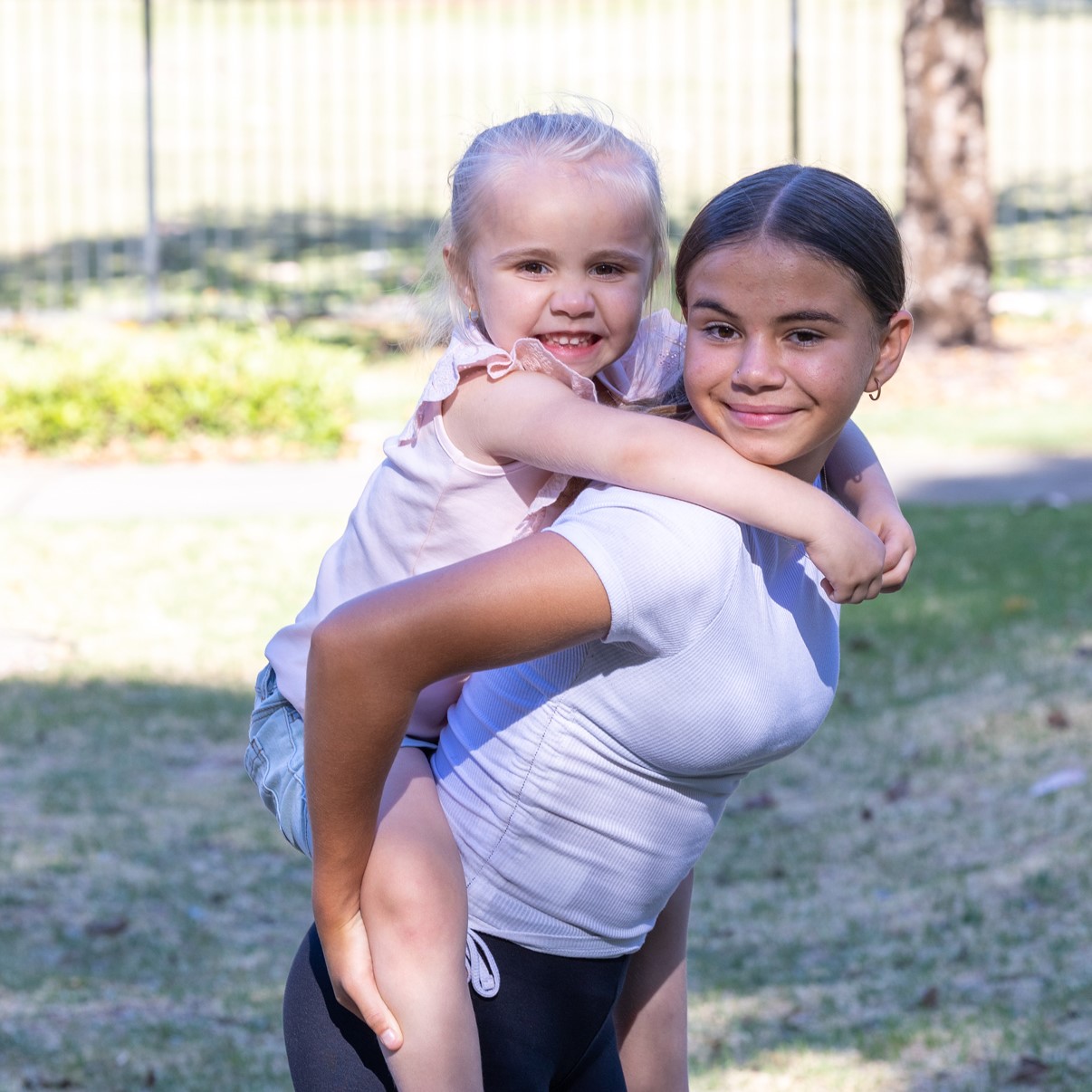Search
Research
A reduction in reported alcohol use in pregnancy in Australian Aboriginal communities: a prevention campaign showing promiseGlenn Martyn Pearson Symons BA (Education) PhD Candidate B.A. (Hons) PhD. Director of First Nations Strategy and Leadership; Head, First Nations

The Indigenous Genomics Group aims to build Indigenous leadership in genomic and data sciences, precision health, and ethics to improve health equity and the wellbeing of Indigenous people, families and communities.

News & Events
Large-scale study of epigenetic landscape to understand and overcome diabetes in Indigenous AustraliansA large-scale study of the epigenetic landscape of Indigenous Australians could help tackle chronic diseases faced by Aboriginal and Torres Strait Islander people.
Research
Prevalence of dementia among Indigenous populations of countries with a very high Human Development Index: a systematic reviewDementia is a health priority for Indigenous peoples. Here, we reviewed studies on the prevalence of dementia or cognitive impairment among Indigenous populations from countries with a very high Human Development Index (≥0·8). Quality was assessed using the Joanna Briggs Institute risk-of-bias tool and CONSolIDated critERia for strengthening the reporting of health research involving Indigenous peoples (CONSIDER), with oversight provided by an Indigenous Advisory Board.
Research
Responsive service design and workforce strengthening: Recommendations to improve aged care for Aboriginal and Torres Strait Islander peoplesThis study aimed to develop innovative and practical strategies and recommendations for aged care policy and practice that support the needs of Aboriginal and Torres Strait Islander peoples.
Research
Transient naive reprogramming corrects hiPS cells functionally and epigeneticallyCells undergo a major epigenome reconfiguration when reprogrammed to human induced pluripotent stem cells (hiPS cells). However, the epigenomes of hiPS cells and human embryonic stem (hES) cells differ significantly, which affects hiPS cell function. These differences include epigenetic memory and aberrations that emerge during reprogramming, for which the mechanisms remain unknown.
Research
Allelic bias when performing in-solution enrichment of ancient human DNAIn-solution hybridisation enrichment of genetic variation is a valuable methodology in human paleogenomics. It allows enrichment of endogenous DNA by targeting genetic markers that are comparable between sequencing libraries. Many studies have used the 1240k reagent-which enriches 1,237,207 genome-wide SNPs-since 2015, though access was restricted.
Research
RaScALL: Rapid (Ra) screening (Sc) of RNA-seq data for prognostically significant genomic alterations in acute lymphoblastic leukaemia (ALL)RNA-sequencing (RNA-seq) efforts in acute lymphoblastic leukaemia have identified numerous prognostically significant genomic alterations which can guide diagnostic risk stratification and treatment choices when detected early.
Research
Future-proofing genomic data and consent management: a comprehensive review of technology innovationsGenomic information is increasingly used to inform medical treatments and manage future disease risks. However, any personal and societal gains must be carefully balanced against the risk to individuals contributing their genomic data. Expanding our understanding of actionable genomic insights requires researchers to access large global datasets to capture the complexity of genomic contribution to diseases.
Research
Further investment in Aboriginal and Torres Strait Islander men's health research funding is urgently requiredAlex Brown BMed, MPH, PhD, FRACP (hon.), FCSANZ, FAAHMS Professor of Indigenous Genomics +61421278314 alex.brown@anu.edu.au Professor of Indigenous
